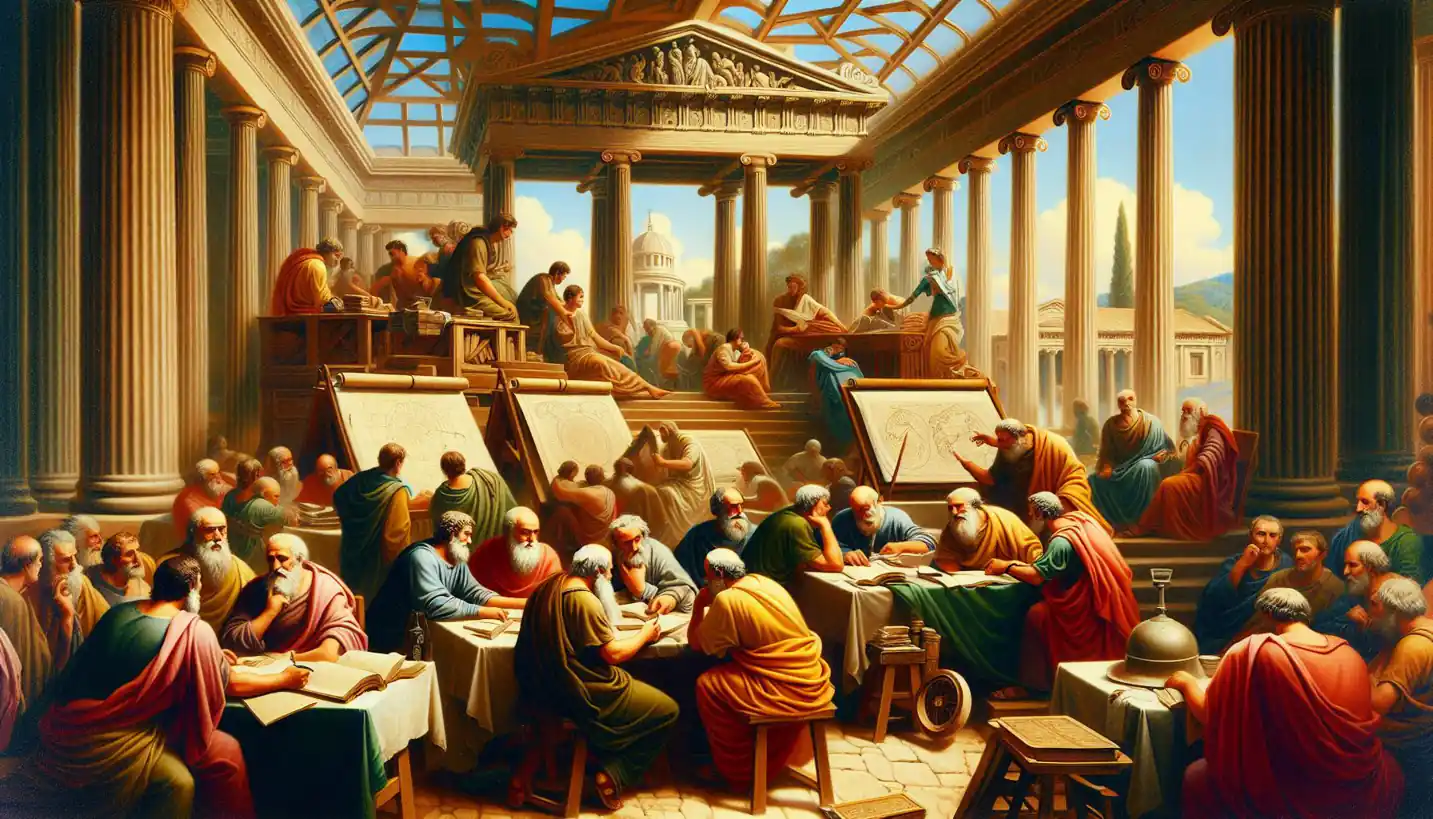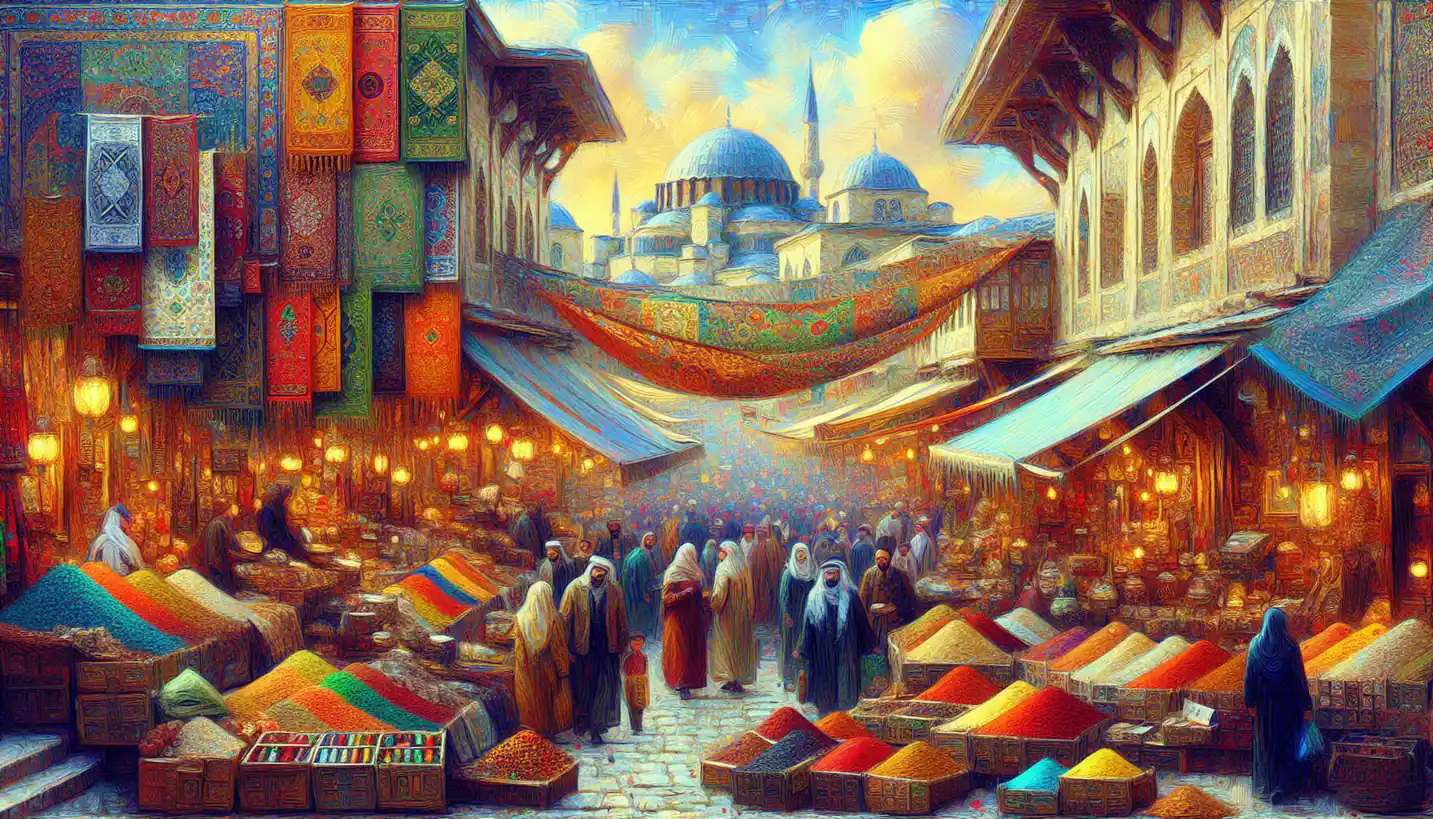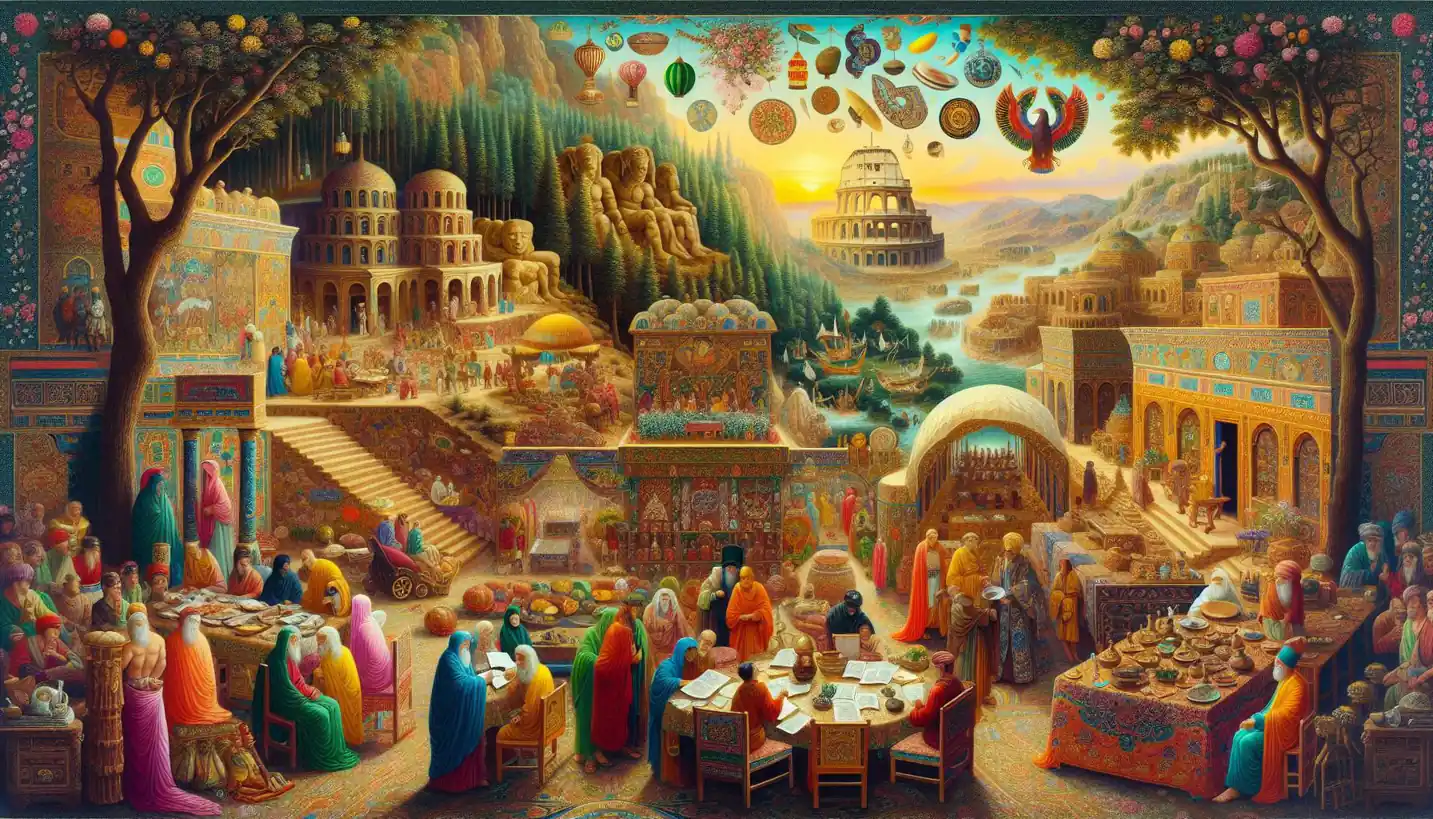· History · 4 min read
Manifest Destiny: A Journey of Expansion
Manifest Destiny fueled a nation's expansion across vast territories. Uncover the ambitions and conflicts that defined this era of growth.

Once upon a time in the 19th century, a powerful idea swept across the United States. Known as Manifest Destiny, it wasn’t just a concept but a belief that Americans were destined to expand across North America. This idea wasn’t merely about taking land; it was seen as a divine right, as though the stars themselves had decided it was meant to be.
Manifest Destiny whispered promises of growth and prosperity. Citizens believed it was their duty to spread democracy and civilization across the continent. But where did this idea come from, and why did it resonate so deeply? Let’s explore its roots and impact on the nation.
This story starts with a young nation eager to explore. After the American Revolution, the U.S. was like a teenager itching to grow up fast. They looked westward, eyes glittering with dreams of fertile land and a new life. The Louisiana Purchase in 1803 was a massive leap in this direction, doubling the size of the country overnight. With this, the appetite for expansion only intensified.
But Manifest Destiny was more than just a yearning for land. It was wrapped in the belief that the United States had a special place in history. People thought they were on a mission to spread their unique values—liberty, democracy, and hard work. It was an era when politics and spiritual beliefs tangled together, creating a narrative that seemed almost enchanted.
As pioneers moved westward, they weren’t merely chasing dreams—they were laying down railroads, building towns, and weaving together a vast tapestry of a nation. Behind them, they left a trail of rail tracks and roads, pulling the fabric of the country tighter.
However, the story of Manifest Destiny is not all gleaming railroads and bustling towns. While it painted a picture of progress, it came at a tremendous cost. For Native American tribes, this expansion meant displacement and hardship. Lands they had called home for centuries were claimed, leading to long battles and devastating losses.
For instance, the Trail of Tears, where thousands of Cherokee were forced to march to new, designated areas, is a dark reminder of the era’s harsh realities. Though Manifest Destiny championed progress, it also left scars—a reminder that growth and change often come with a price.
As the West opened up, the idea of Manifest Destiny fueled policies and decisions. The Mexican-American War in the 1840s was driven by these beliefs, resulting in vast territories being added to the United States, including California and Texas. This expansion wasn’t just political; it was deeply woven into the cultural fabric of the time, embraced in literature, art, and politics.
Imagine living in those times, young families packing their lives into wagons, fueled by dreams and a sense of purpose. The iconic image of covered wagons, trudging through wilderness, captures the spirit of adventure and hope. But beneath the romantic imagery lays a complex web of ambition, power, and destiny.
Of course, Manifest Destiny wasn’t universally accepted. Critics questioned the morality and the resulting conflicts. They wondered if expansion justified the suffering and displacement of native populations. This tension between growth and ethics sparked debates that would simmer through American history, providing a backdrop to the nation’s unfolding story.
It also played a role in defining the American character—bold, ambitious, yet reflective on its actions. As we look back, it’s essential to both celebrate the progress made possible by this idea and acknowledge those who paid the price.
Today, the echoes of Manifest Destiny can still be heard in America’s adventurous spirit. The belief in exploration and pushing boundaries now extends beyond terrestrial lands to the stars themselves. The spirit that once drove pioneers westward now fuels the ambitions of space exploration.
In a world constantly evolving, Manifest Destiny reminds us of the complexities of human progress. It was a time of great dreams and difficult choices, a narrative of hope interwoven with regret. It’s a piece of history that shows us who we were and hints at where we might be headed—a story of a nation, forever unfolding.
Understanding Manifest Destiny isn’t just about knowing historical events; it’s about appreciating the hopes, dreams, and challenges that defined an era. By reflecting on this chapter, we learn more about the mosaic of narratives that have shaped American identity and can ponder the future paths we might blaze.
As we consider these lessons, we might ask ourselves: How do we balance ambition with empathy? How do we ensure that our quests for new frontiers respect the diversity of life around us? These questions remain as relevant today as they were back then, urging us to build a future worthy of the past’s triumphs and mistakes.


